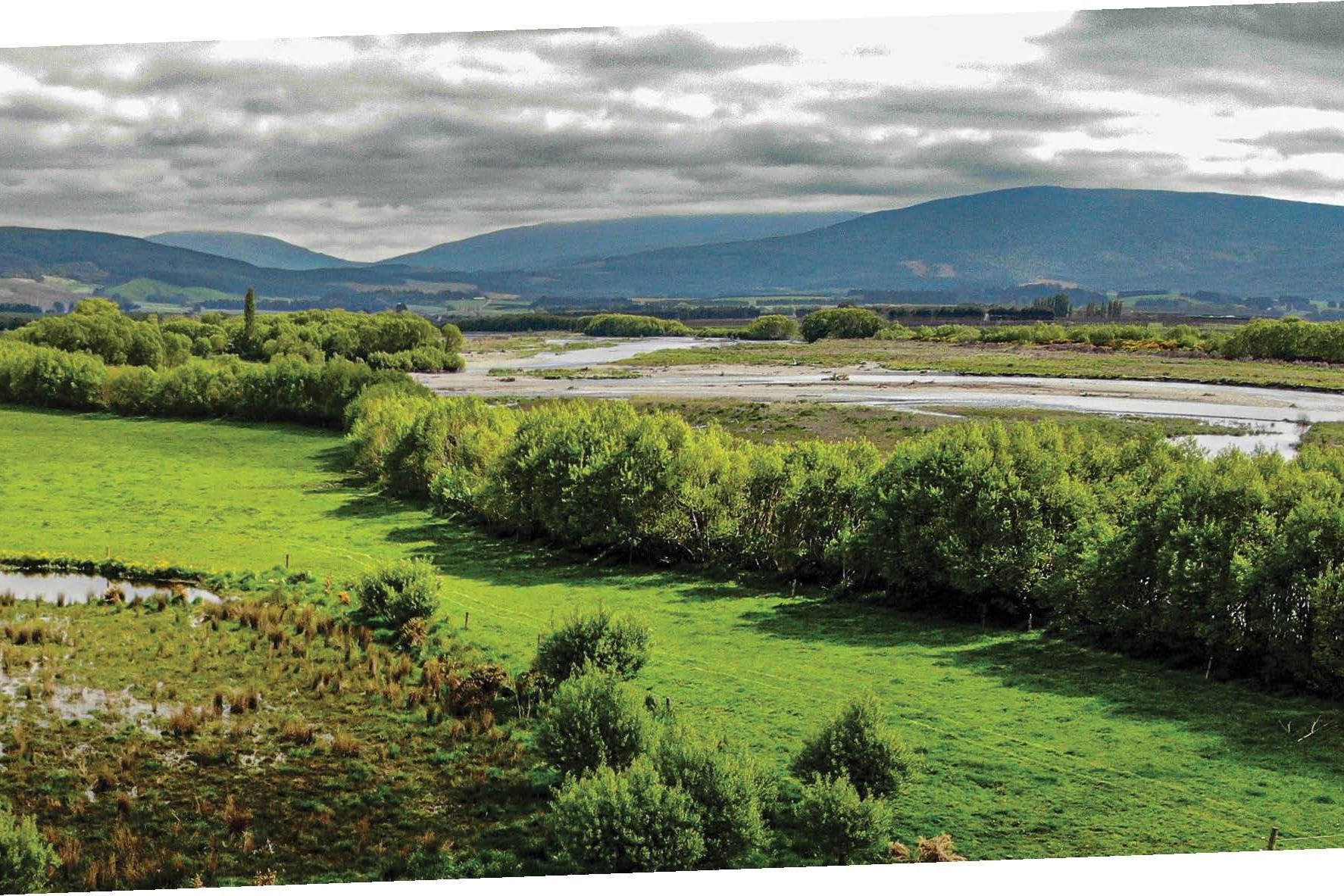Consistency needed in ag reforms
New Zealand has the potential to lead the world, so long as regulation doesn’t get in the way.

New Zealand has the potential to lead the world, so long as regulation doesn’t get in the way.
That’s the view of Thriving Southland chairman Jeff Grant who spoke about New Zealand’s farming future at the recent Grasslands conference in Invercargill.
Grant said the future of farming was important, particularly for Southland as the region relied on agriculture more than any other aspect in its economy. Agriculture was the largest employer and the largest by GDP. Over the past two decades diversity within the sector was also significant, with many people not realising 40% of the nearly 500ha of tulips and lilies grown in the region were exported.
Grant felt change was about to happen in the agriculture sector. In his view, New Zealand would lead the market internationally, provided it was done using science and technology rather than regulation.
He said the wider farming sector had faced challenges before. He reflected on the late 1970s when incentives were developed to increase stock numbers, until it was realised a market had not been found for the increased numbers. The mid-eighties saw the removal of farm subsidies, both on commodity payments and inputs to the farm.
Grant spent his first year farming in partnership the year subsidies ended, and at the time he could not understand how farmers didn’t make money. When his mortgage interest rates went to 17.5% and his current account to 24%, it was tougher. Then in 1987 the share market crashed. The country again went through the same problems, starting in the late 1990s when the market started to improve but access continued to be difficult, along with the Global Financial Crisis.
Grant said a challenge for farmers was being able to see what the best option was for environmental sustainability. At a national level there were major changes in terms of policy development, along with a range of regulations. This had caused confusion around implementation and farmers’ ability to adjust to the market.
Grant sensed most farmers were keen to progress but wanted to avoid “stranded capital”. This was where farmers invested in something only to find the rules changed, or the impact of the investment did not give the desired outcome. With waterways, investment had been extremely successful and farmers could recognise the benefits to both the waterway and to their properties. But there was confusion about investment in trees, should they be natives, or pines, should they be put in the ETS? This area was full of confusion in terms of where farmers should invest.
Thriving Southland direction
Jeff Grant’s impression was farmers were prepared to invest in climate mitigation issues but were not sure where that total investment should take place. This was where Thriving Southland helped, by giving some direction to help farmers understand what those opportunities were.
It is a community-led group with a vision to create a prosperous Southland involved in a range of activities predominantly driven from catchment groups in the region.
A major project underway was the Aparima community environment, known as the ACE project. It’s made up of six catchment groups along the Aparima River, based on the idea that while farmers and the community worked in their own small area or tributaries to rivers, eventually the outcome would be about the whole of the catchment rather than just the parts of it.
Grant said this had been very successful in terms of development, with engagement from commercial companies, banks, the industry guild organisations and Environment Southland. The biggest interest had been the river and stream walks, which brought out the largest number of farmers and people in the community who were fascinated with what was in the water.
Another programme Thriving Southland had been involved in during the past year was developing a better understanding of the topography and landscape of farms in the wider Mataura River catchment to identify their impact on climate change and water quality. Knowledge gained from this programme would help farmers with their farm environment plans, water practices and efficient nutrient use.
Grant said a lot of funding had gone into public policy, regulation, and what he called pure science in regards to climate change and environmental impact in terms of sustainability, but very little on application.
“That’s the frustration, when farmers are looking for techniques and tools, they are somewhat struggling to find an identifiable way to do the work on their farms.” Grant said.




